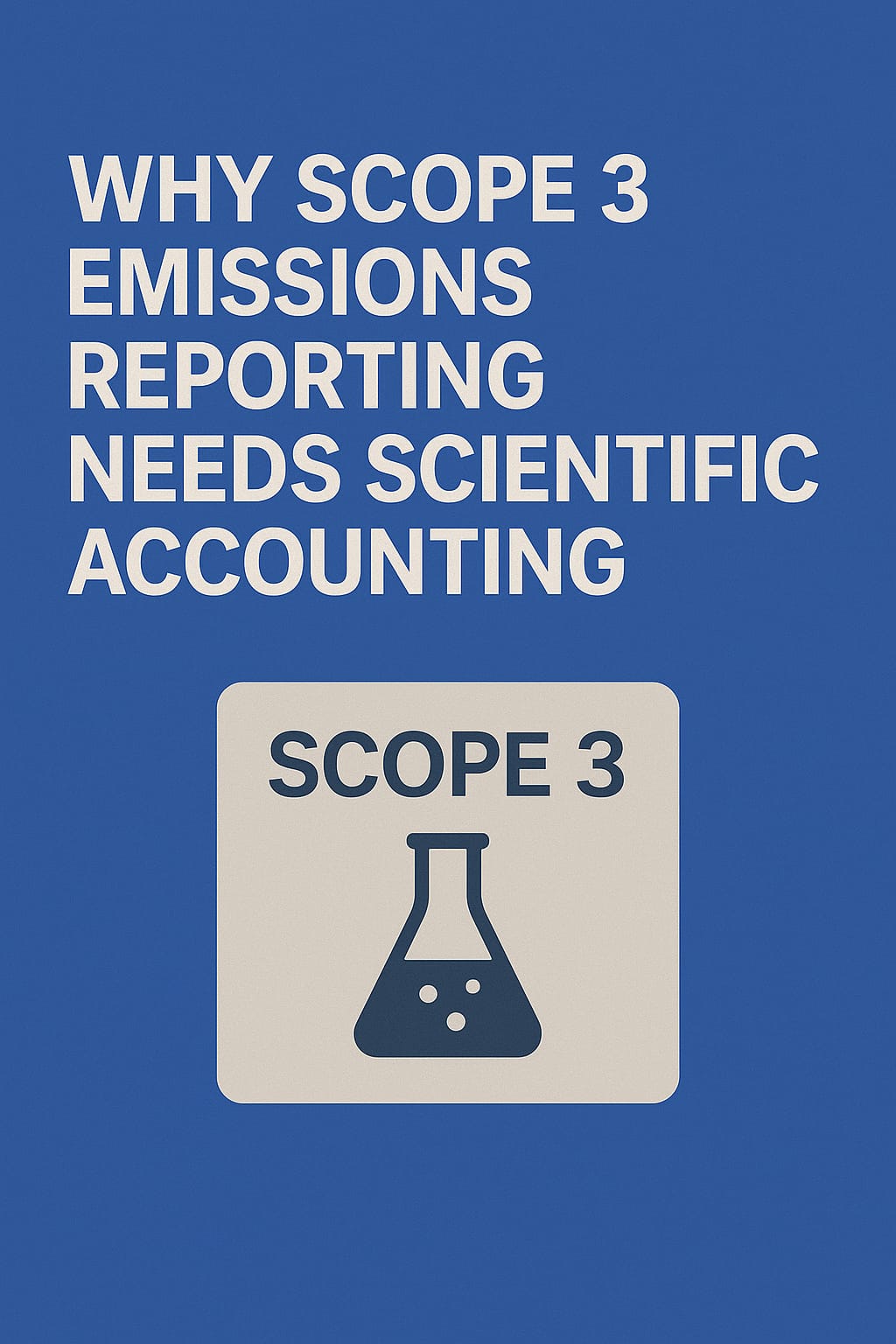How Machine Learning Enhances Scope 3 Emissions Forecasting
Introduction
Scope 3 emissions, the indirect emissions across a company’s value chain, are the hardest to track, quantify, and reduce. But they also represent the largest share of most companies’ carbon footprints. Machine Learning when integrated with the forecasting of Scope 3 emissions ensure that the entire Reporting process is seamless.
Enter Machine Learning (ML), a powerful tool that’s revolutionizing carbon emissions AI, forecasting models, and sustainability compliance.
This article explores how machine learning enhances Scope 3 forecasting, what carbon tracking software must do to support it, and why ML carbon accounting is the new ESG standard.
The Complexity of Scope 3 Emissions
Scope 3 includes emissions from:
- Purchased goods and services
- Transportation and distribution
- Business travel
- Employee commuting
- Use of sold products
- Waste generated
Traditional carbon accounting methods struggle here because:
- Data is fragmented across vendors and departments
- Processes are non-uniform
- Forecasting is non-linear due to variable demand, logistics, and usage patterns
ALSO READ: Carbon Capture and the Physics: What ESG Tools Must Track
How Machine Learning Transforms Scope 3 Forecasting
Machine learning algorithms can:
- Ingest large volumes of unstructured data
- Learn from patterns over time
- Predict future emissions with greater accuracy
- Flag anomalies or outliers in carbon data
This makes them ideal for carbon prediction tools focused on Scope 3.
Key ML Applications in Carbon Emissions Forecasting
1. Predictive Modeling of Supplier Emissions
ML models can estimate emissions from suppliers who don’t report directly by:
- Using similarity clustering
- Analyzing historical data patterns
- Considering regional or industry-specific benchmarks
This fills critical data gaps in Scope 3 inventories.
2. Logistics & Transportation Emissions Forecasting
By analyzing:
- Shipment sizes
- Fuel types
- Traffic conditions
- Past emissions logs
… ML can forecast emissions per route and recommend low-carbon alternatives.
3. Product Usage Emissions Forecasting
ML can model how consumers use a product, factoring:
- Energy intensity during use
- Frequency and duration of use
- Geographic impact variation
Especially useful in electronics, automotive, and appliances.
4. Waste and End-of-Life Forecasting
ML can learn from previous end-of-life scenarios (landfill, recycling, reuse) to predict emissions in post-consumer phases.
ML Carbon Accounting vs. Traditional Carbon Models
| Feature | ML Carbon Accounting | Traditional Carbon Accounting |
| Data Handling | Dynamic, real-time | Static, annual reports |
| Forecasting Ability | Predictive & adaptive | Reactive & linear |
| Scope 3 Integration | Strong with proxy learning | Weak or absent |
| Compliance Readiness | Automatable reports | Manual-heavy |
| Accuracy over Time | Improves with training | Degrades with outdated data |
Inside Carbon Prediction Tools Powered by AI
Modern carbon tracking software uses a blend of:
- Regression analysis for trend detection
- Clustering for supplier segmentation
- Time-series forecasting for seasonality
- Natural language processing for reading supplier reports
- Reinforcement learning to adjust predictions with feedback
These GHG emissions AI tools provide decision-makers with real-time insights and confidence in reporting.
Case Study: ML in Scope 3 Forecasting Success
Company Y, a global electronics firm, used ML-based carbon tools to:
- Estimate emissions from non-cooperative suppliers
- Predict product usage emissions across 12 countries
- Identify high-emissions logistics hubs
Result: A 22% improvement in Scope 3 forecasting accuracy and enhanced ESG compliance.
Integrating Sustainability AI into ESG Workflows
Where ML Integrates:
- Procurement Systems: Auto-flagging carbon-intensive vendors.
- Logistics Planning: Emission-aware route optimization.
- Product Design: Predicting cradle-to-grave carbon impact.
- Regulatory Reporting: Filling data gaps for CSRD, SEC, TCFD.
Regulatory Impact: Forecasting for Carbon Compliance
As climate regulations tighten, carbon compliance now demands:
- Forward-looking risk analysis.
- Granular Scope 3 transparency.
- Data-backed target setting (SBTi, Net-Zero).
ML-enabled forecasts meet these criteria far better than manual spreadsheets.
Benefits of Machine Learning in Carbon Forecasting
✅ Higher data confidence
✅ Dynamic, real-time updates
✅ Scenario planning support
✅ More reliable investor disclosures
✅ Scalable to complex supply chains
FAQs
Why is Scope 3 so hard to predict?
Because it’s dependent on external actors, suppliers, consumers, waste systems , whose data is often opaque or incomplete.
Is machine learning required by ESG laws?
Not explicitly, but regulations demand auditability and accuracy that ML tools are better equipped to deliver.
What’s the ROI of AI-driven carbon tracking?
Companies report 10–25% forecasting improvement, better risk mitigation, and faster compliance responses.
Call-to-Action (CTA)
Want to boost Scope 3 forecasting with machine learning?
Talk to our sustainability AI experts or explore the top AI carbon tracking tools for your ESG journey.
👉 Get a free consultation or download our Scope 3 AI toolkit

